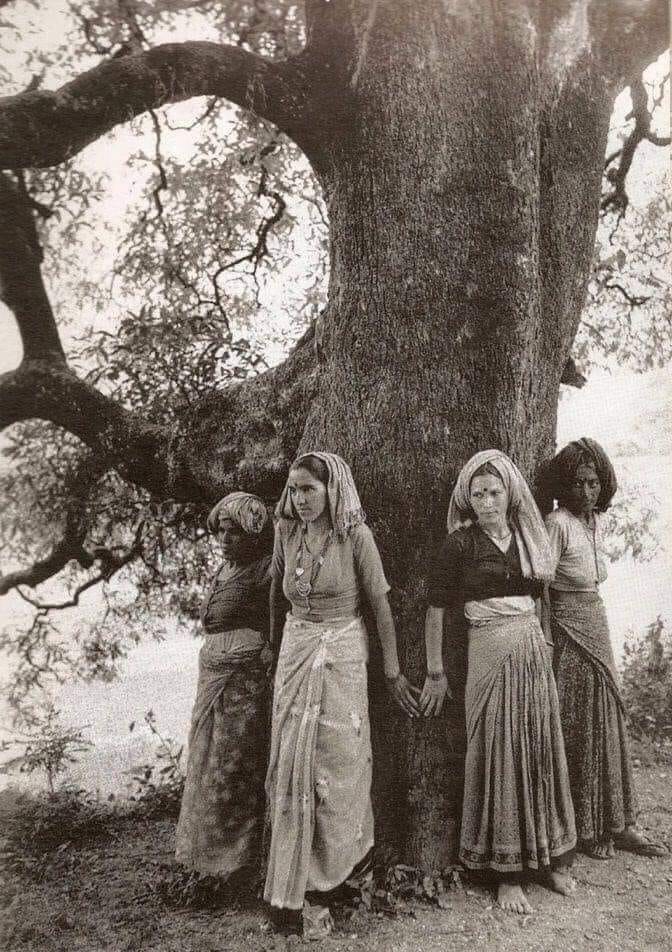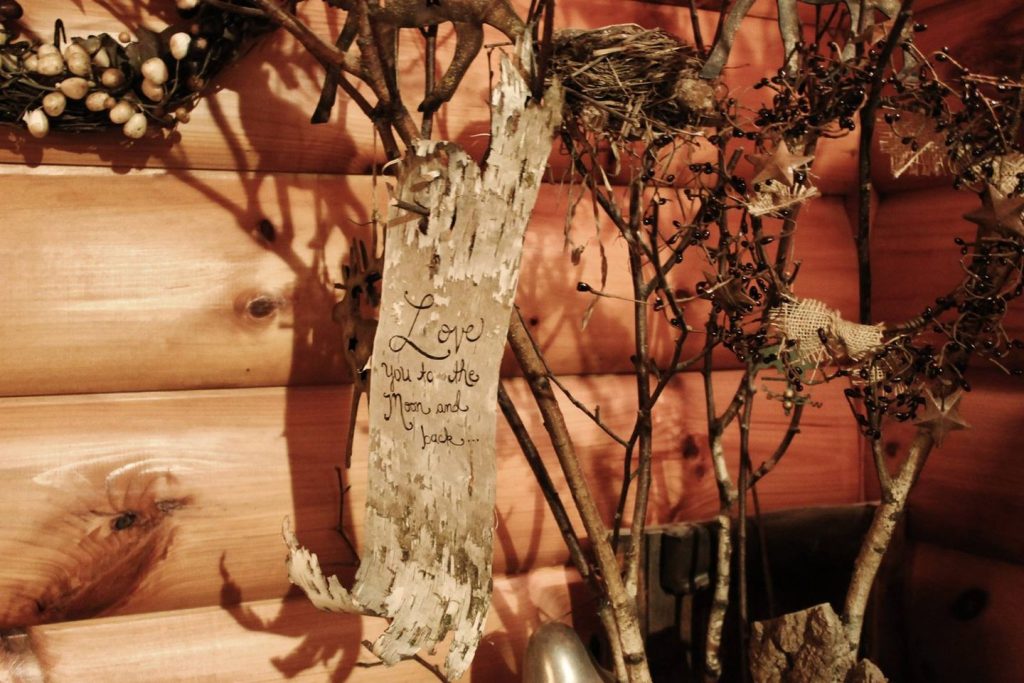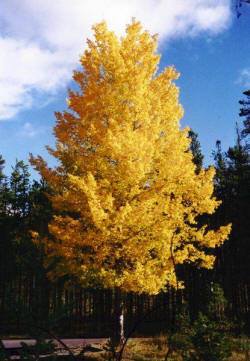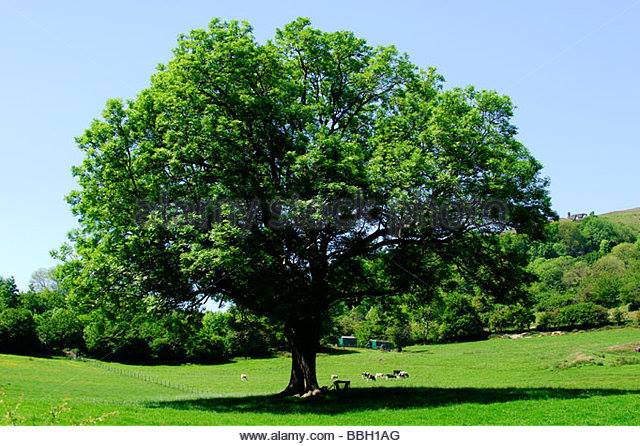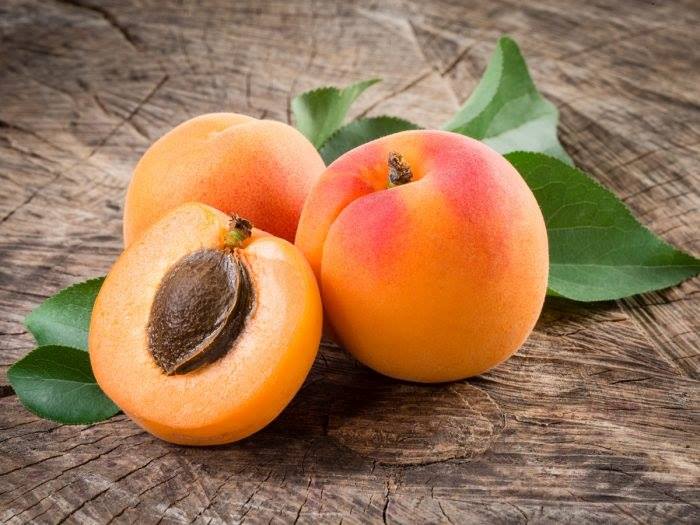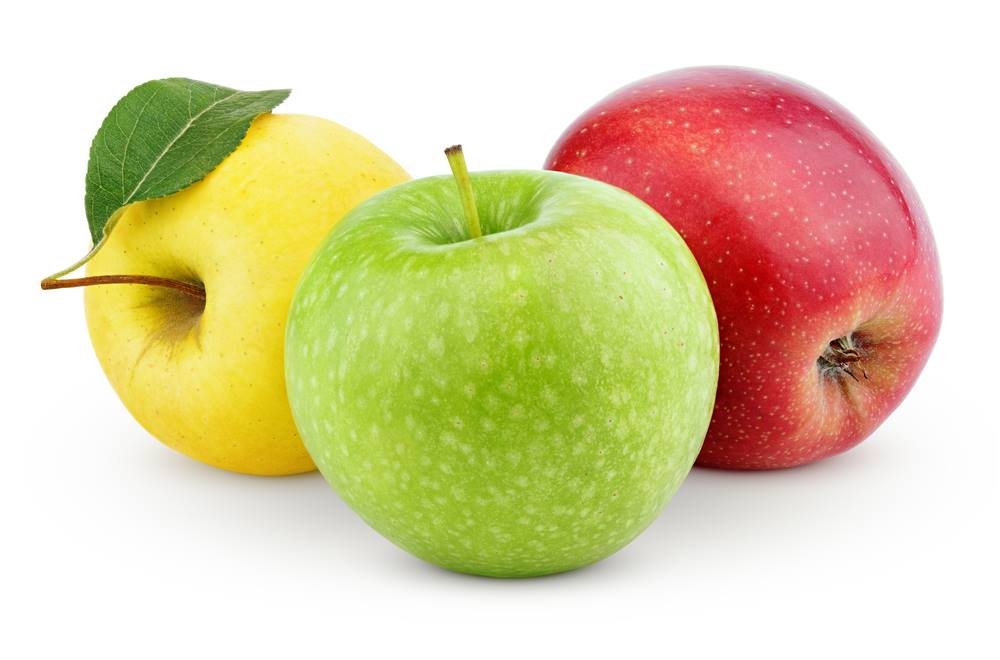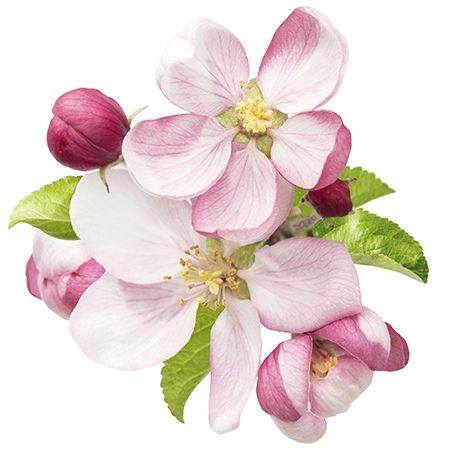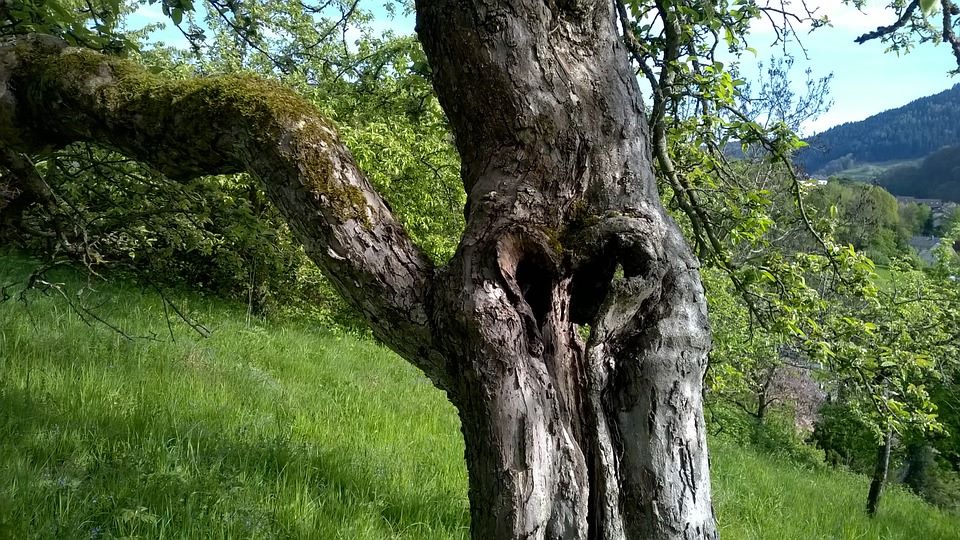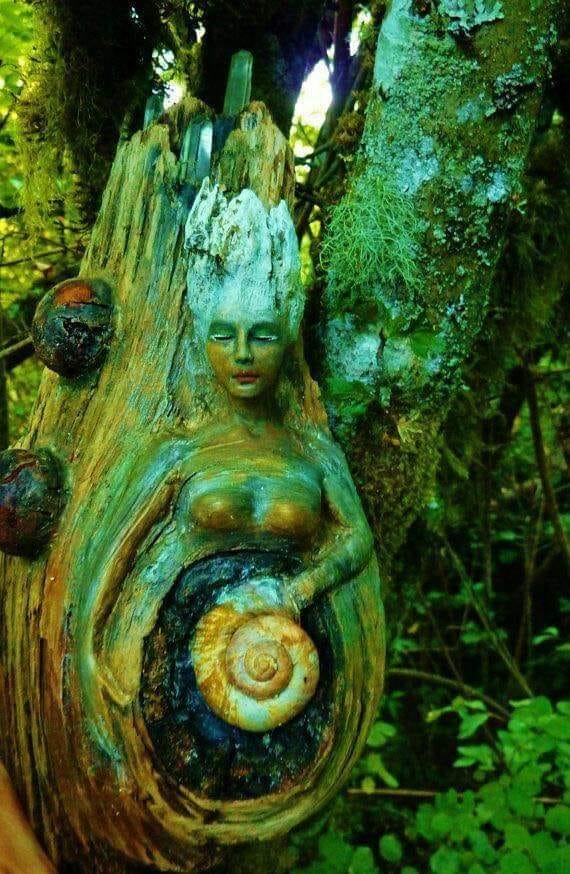
DEEP PEACE OF THE TREE MEDITATION
We work with many methods of meditation. Here is one, inspired by the deep peace of the trees, that you can practice, either as a spiritual exercise in its own right, or as a prelude to prayer, ritual or other meditation or movement work.
Its purpose is to help you feel centred and grounded, and to help you deepen your experience of being in your body and in relationship to the natural world. It encourages the flow of life-force, cultivates peacefulness, and harmonises Heart and Mind.
Each element of the meditation may be experienced for as long as you wish, and once you have mastered the simple sequence, you can deepen your experience by dwelling for a longer time on each part of the meditation.
Begin by standing or sitting, and becoming aware of the environment around you. If you are not outside in a natural setting, you can imagine yourself in one – such as a forest or woodland grove.
Now move your awareness to your body, and start to move the focus of your attention slowly down from the top of your head, relaxing into your awareness of your body as you do so. Relax your eyes and mouth, release any tension in the shoulders, and gradually move your awareness down through your torso and legs to the soles of your feet.
Feel your feet planted firmly on the earth. Imagine roots travelling deep down into the soil, and sense these great strong roots spreading wide and deep beneath you.
Feel the nourishment and energy from the earth travelling up these roots now, until you sense again the soles of your feet. Feel the energy flowing up your body as you move your awareness slowly, with love and acceptance, up your body: up your legs, your thighs, your torso and arms, your chest, your neck, your head.
When you reach the top of your head, just let go of this movement of awareness and rest in an awareness of just Being… still and calm, breathing in and breathing out.
When you feel ready, raise your arms, not forwards in front of you, but out to either side of you, palms facing down. Let your arms float up effortlessly as if they doing so of their own volition, floating up until they are parallel to the earth. As they reach this position at shoulder-height, turn your palms to face upward, and as you do this, move your arms back a tiny amount – just a centimetre or so – and enjoy the sensation this gives of opening your chest, your heart: welcoming the world. Imagine your arms and hands are like the first great boughs that mark the beginning of the crown of your tree. Sense the branches and leaves of your crown moving in the sunlight and sky above.
Stay in this position as long as you like, and then slowly move your arms up until your fingertips touch above the top of your head, sensing as you do this the top of the crown of your tree. Enjoy the stretch of this movement, and then retrace the movement: slowly lowering your arms down on either side, palms facing up until they reach shoulder-height, at which point they turn downwards, and continue in one flowing movement down, until fingertips meet at the groin, at the mid-line of your body. As you move your arms down to this position allow your awareness to move towards the earth and a sense of your roots, and then feel the energy of the earth flowing up the trunk of your tree, in other words your legs, until it reaches your hands, at which point your hands begin to travel, fingertips touching, up the mid-line of your body to your chest. Pause at the chest and let your fingertips touch your body. Then bring your fingertips up to the brow to touch there. Then raise the fingertips right up as high as they can go, to repeat the stretch above your head to the top of your crown.
Stay there as long as you wish, and then repeat the sequence twice more: separating your fingertips and sweeping your hands down with palms up, flipping your palms to face downwards at shoulder level until your fingertips meet just in front of your body, then bringing them up again to touch heart and brow before stretching up to the crown.
On the third and final sequence, after stretching up above your head, lower your arms and bring them to rest on either side of you. Then just rest in stillness for a while, open to your awareness, sensing yourself breathing in and breathing out.
When you are ready to finish this phase, give thanks to the trees, and gradually allow any sense of having roots, branches and leaves to dissolve as you become fully aware of your own body.
DEEPENING YOUR PRACTICE
Even on your first attempt to perform this meditation, you will probably notice the sense of calm and grounding the exercise brings. Stretching outwards seems to open the heart and engender a feeling of gratitude and openness to life. Stretching upwards seems to help one feel aligned, and touching heart and brow can feel very powerful, bringing into our body an awareness of the goals of the Druid: Love and Wisdom. As with any meditation technique or spiritual practice, the more you work with it, the more benefit you will receive. To begin with, you may be concerned with following the sequence of the exercise correctly, but once you are familiar with this you will be able to relax into it and can take more time with each phase. You can then – if you choose – build on the basic practice, by – for example – performing the meditation facing each of the cardinal directions in turn, or by using the sequence to refresh your body and energy field during prolonged sessions of meditation or contemplation.
To see this exercise being done go to You Tube : Deep Peace of the Trees Meditation.

